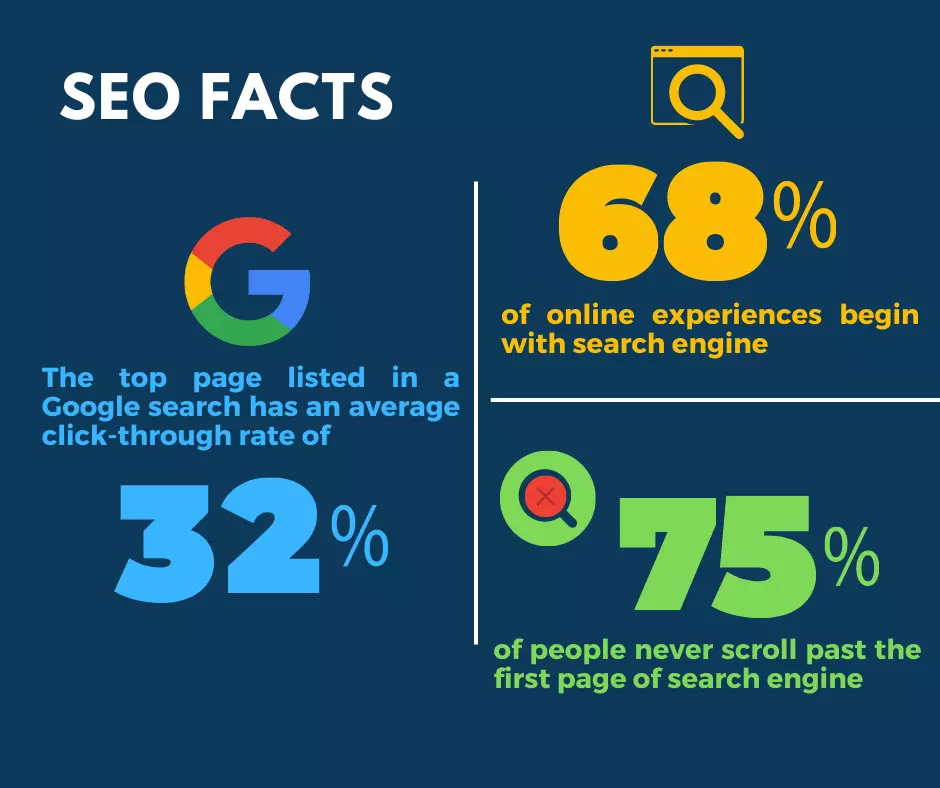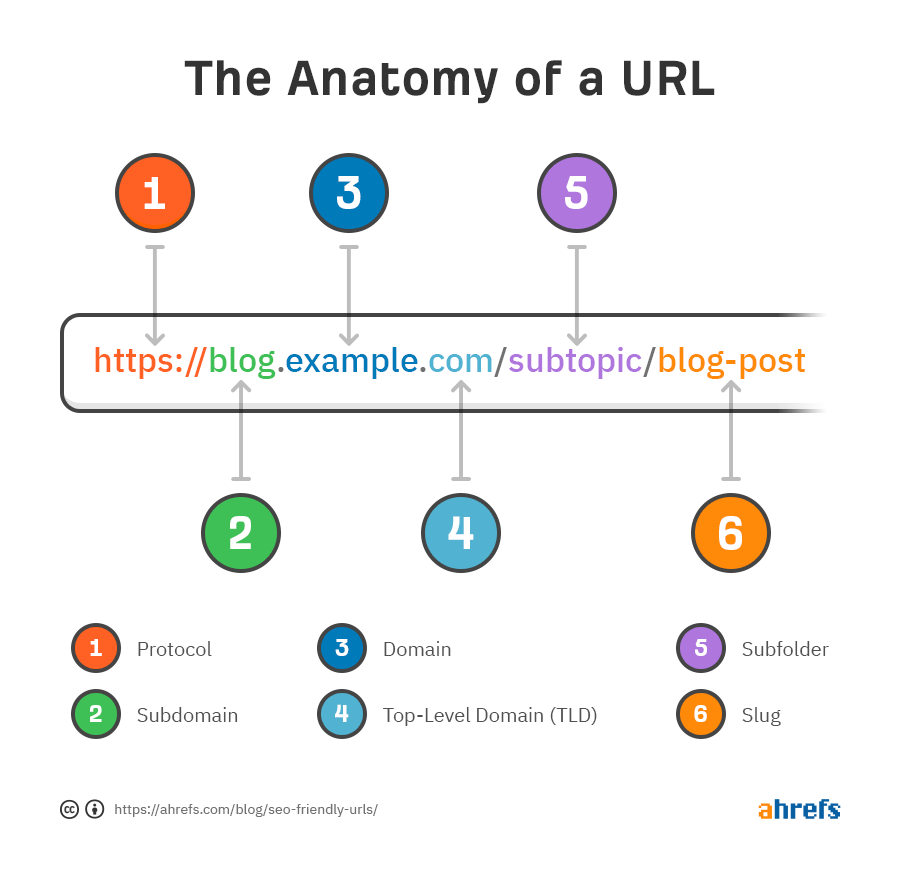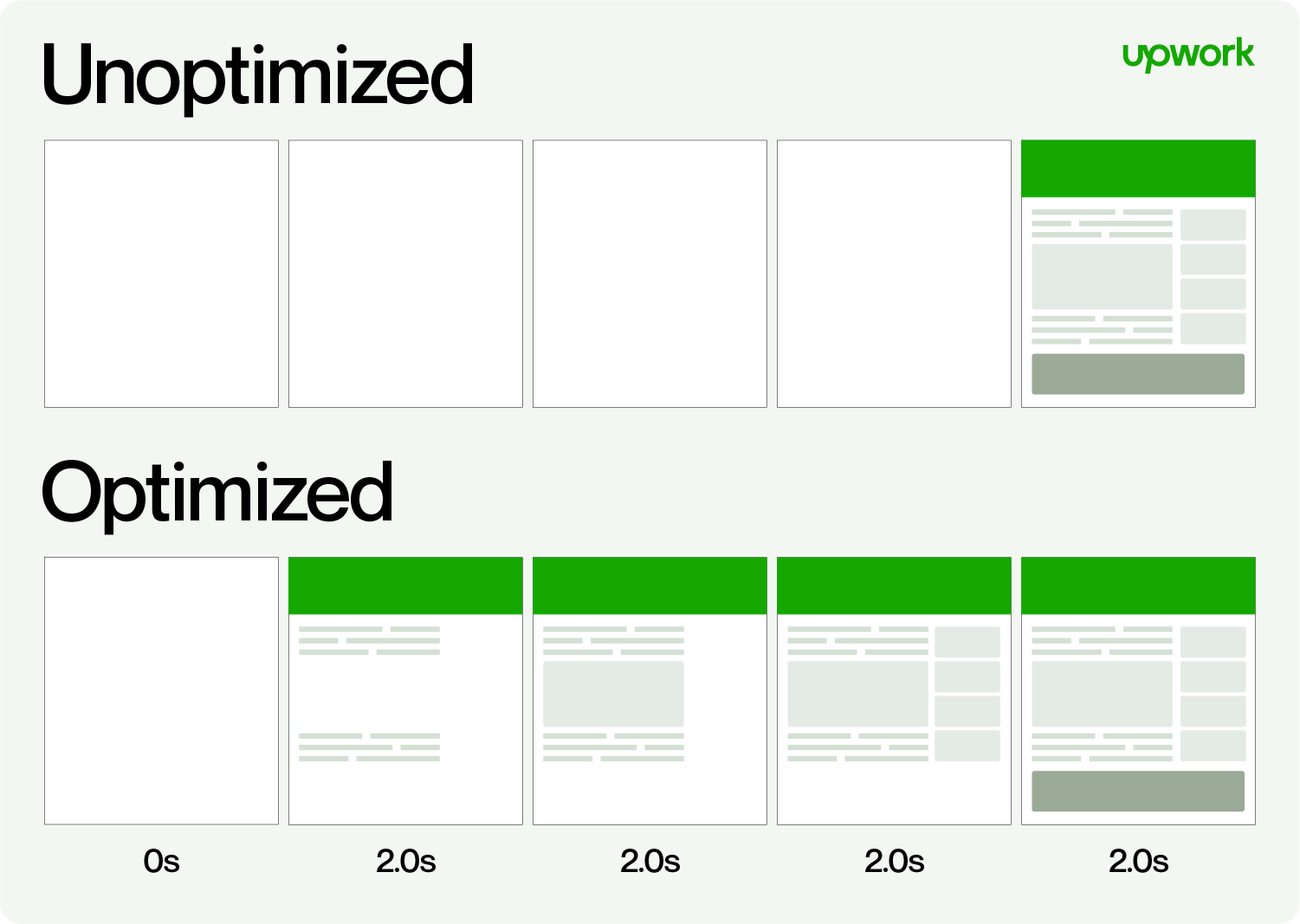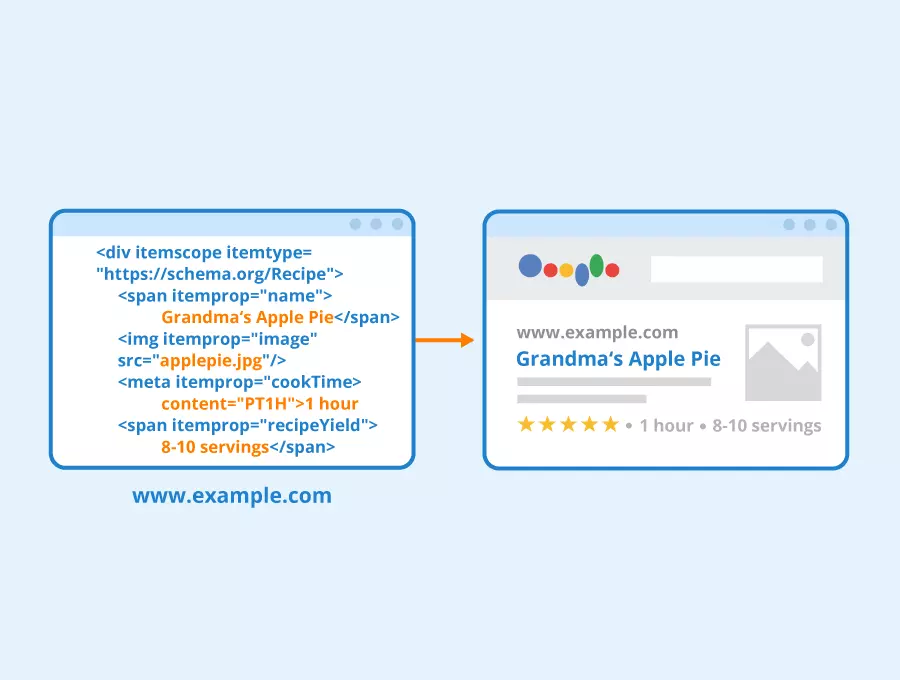What is On-Page SEO?
On-page SEO involves organizing the content on your site so that search engines can better understand and rank it.
Essentially, this process helps ensure that your content is not overlooked by search engines like Naver, Google, or Bing, and is ranked higher in search results.
Ultimately, it allows you to communicate to search engines what content users are looking for.
Search engines generally favor websites that are friendly to them. In other words, they prioritize sites that are optimized for search engines. Therefore, it’s crucial to refine your site’s content to appeal to search engines.
By carefully following the SEO guide proposed by Growth Marketing Agency, you can significantly improve the efficiency of your search advertising.
The Importance of On-Page SEO

Improving the user experience should start with setting goals that benefit website users, which includes search engines as part of your audience.
Through on-page SEO, you can help search robots better understand your site’s content.
Well-optimized content is more likely to be analyzed effectively by search robots and classified as higher-quality content in search results.
Basic Guide to On-Page SEO
✅ Checklist 1: Title
The title is the first on-page SEO element users encounter, meaning it influences the first impression of your content.
The <title> element tells search robots what the page is about. It’s essential to create accurate and unique title texts that reflect the page’s theme and include the <title> element.
However, if a document has more than one <title> element, search robots need to analyze which title aligns with the page content.
This can lead to your page being classified as low quality. Additionally, excessively long titles can negatively affect your rankings. Be particularly careful when publishing series content to avoid having multiple pages with identical titles.
When multiple pages share the same <title>, search robots struggle to determine which page is most relevant, leading to poor content classification. Prioritize creating unique titles for each page.
✅ Checklist 2: Summary/Description
The meta description tag summarizes the page’s content.
It’s best to write the summary in several sentences and ensure each page has a unique description since search engines often use these summaries as snippets in search results.
If multiple pages have the same meta description, search robots may categorize them as duplicate content.
✅ Checklist 3: H1 and Alt Attributes
Similar to the title, the <H1> element is used as a subheading to represent the page’s content. If more than one <H1> is found in a document, it creates a structure that search robots may find difficult to understand.
The structure of your content can influence whether it is preferred by search engines.
Similarly, if your content images include descriptive (Alt) elements, the document becomes easier for search robots to understand. To build effective on-page SEO, include explanatory sentences that describe the topics of your page content and images.
SEO-Friendly URLs and Indexing Efficiency
While many factors need consideration during site construction, focusing on URLs can be a basic yet effective way to improve user metrics.
A URL is a protocol that indicates the location of a resource on the network, typically referring to a webpage’s address.
The most positive approach is to structure URLs in a way that reflects the classification of the content, making them easy to understand.
To create SEO-friendly URLs, use a top-level domain that is familiar to users, such as .com, .net, .co.kr, or .kr. Unfamiliar domains may be mistaken for spam or inappropriate sites, so it’s advisable to choose a popular domain. Additionally, it’s recommended to use a unique domain that matches the site’s nature rather than relying on a generic domain provided by your web hosting service.
Understanding search engines is crucial when structuring your URL. It’s important to develop a URL structure that is easy for both users and search engines to interpret. Minimizing URL parameters and avoiding fragment identifiers or hashbangs (#!) is essential since search engines cannot interpret these formats. Each page with different content should have its own unique URL.
Furthermore, search robots extract and process links within web pages as candidate URLs for indexing. Therefore, it’s important to mark up internal links in a way that search robots can easily interpret. For instance, providing standard link URL information helps search robots effectively navigate internal pages. Additionally, dynamic link changes can cause issues with search robot interpretation, so it’s recommended to use static markup for links.
Search robots repeatedly collect and deliver web content to search engines. However, not all collected documents are indexed; those deemed unnecessary are removed from the index. To improve indexing efficiency, it’s crucial to identify and prevent conditions that might lead to non-indexed documents.
✅ Checklist 4: Lack of HTML Content
In some cases, certain web pages use pure JavaScript for navigation without employing HTML markup. Search engines may consider these pages to have no content and exclude them from indexing.
It’s advisable to use HTTP response codes instead of JavaScript.
✅ Checklist 5: Soft 404 (or Soft Dead)
When building and managing a site, it’s crucial to maintain HTTP response codes for error pages.
In case of exceptional errors on the site, appropriate guidance pages should be provided to users, and specific HTTP response codes should be assigned to each case.
The Core of On-Page SEO: JavaScript
Most websites use JavaScript to enhance user experience. Recently, many developers have adopted frameworks that convert web pages into single-page application (SPA) platforms.
In SPA sites, JavaScript plays a decisive role in determining the structure of web pages.
Search engines also evaluate and interpret the impact of JavaScript during the collection and content interpretation process.
Therefore, when building a site using the SPA method, it’s necessary to optimize JavaScript for search engines.
✅ Checklist 6: Checking for Disallowed Collection
Occasionally, some sites disallow the collection of resource URLs like JavaScript or CSS by search robots.
Check the content of robots.txt to ensure that search robots can collect JavaScript. Also, verify in advance whether Naver search robot IPs are blocked.
✅ Checklist 7: Fragment (#) URLs
Fragments are rules created to specify a particular position within a page.
Search robots remove the fragment part during URL interpretation. If your site URLs are built with SPA fragment URLs and each URL represents independent content, it’s necessary to convert them into permalinks.
JavaScript-based page construction does not necessarily exclude a page from search visibility. Search robots determine collection priorities for web pages based on algorithmic importance, given their limited collection resources.
However, even if a page is collected, it doesn’t guarantee indexing or search visibility.
Therefore, it’s important to continuously update your SPA site to reduce the likelihood of being categorized as non-essential content while increasing the chances of being prioritized by search engines.
Schema: The Key to On-Page SEO Success
Structuring content logically and organizing it into ‘structured data’ can significantly enhance SEO.
Examples include relational databases. From a search engine’s perspective, content organized in a structured format is much easier to interpret.
The process of defining web content as structured data has been ongoing, thanks to the continuous efforts of the community and related organizations. More details can be found at schema.org.
Various search engines, including Naver, use structured data to deliver search results that match the characteristics of the content.
Typically, this involves structuring the information of specific content into detailed attributes that correspond to the type of content, then adding it to the web page. Naver’s search robots automatically collect this information, organize it according to the content’s characteristics, and use it in search results.
Structured data, as defined by schema.org, was officially recognized as a web standard by the W3C in 2015, and standardization efforts have been active ever since. The structured data proposed by this organization consists of data types and attributes. Data types are combinations of attributes based on the characteristics of a web page or content. Based on this, multiple data types can be combined to add structured data to a single web page.
Attributes represent detailed information about a web page or content and are elements that make up a data type. For example, in the case of audio content, attributes might include playback time or the number of plays.
Schema.org supports three language formats for structured data: Microdata, RDFa, and JSON-LD. Naver recommends using the widely adopted Microdata or JSON-LD formats. After building structured data, it’s essential to validate it to ensure correct implementation. Schema.org provides structured data testing tools and detailed pages by data type for validation or to check examples written in different language formats.
Conclusion: SEO is a Fair Starting Point, but Success Depends on Effort
How many clicks does it take for users to find the right information in the sea of data? Some users may leave immediately after realizing they haven’t found what they’re looking for, while others may delve deeper into your content.
The content that search engines prefer depends not only on its quality and quantity but also on how well you understand on-page SEO.
While no one can fully understand everything about search engines, increasing the likelihood of being selected by them is a basic principle of marketing.





